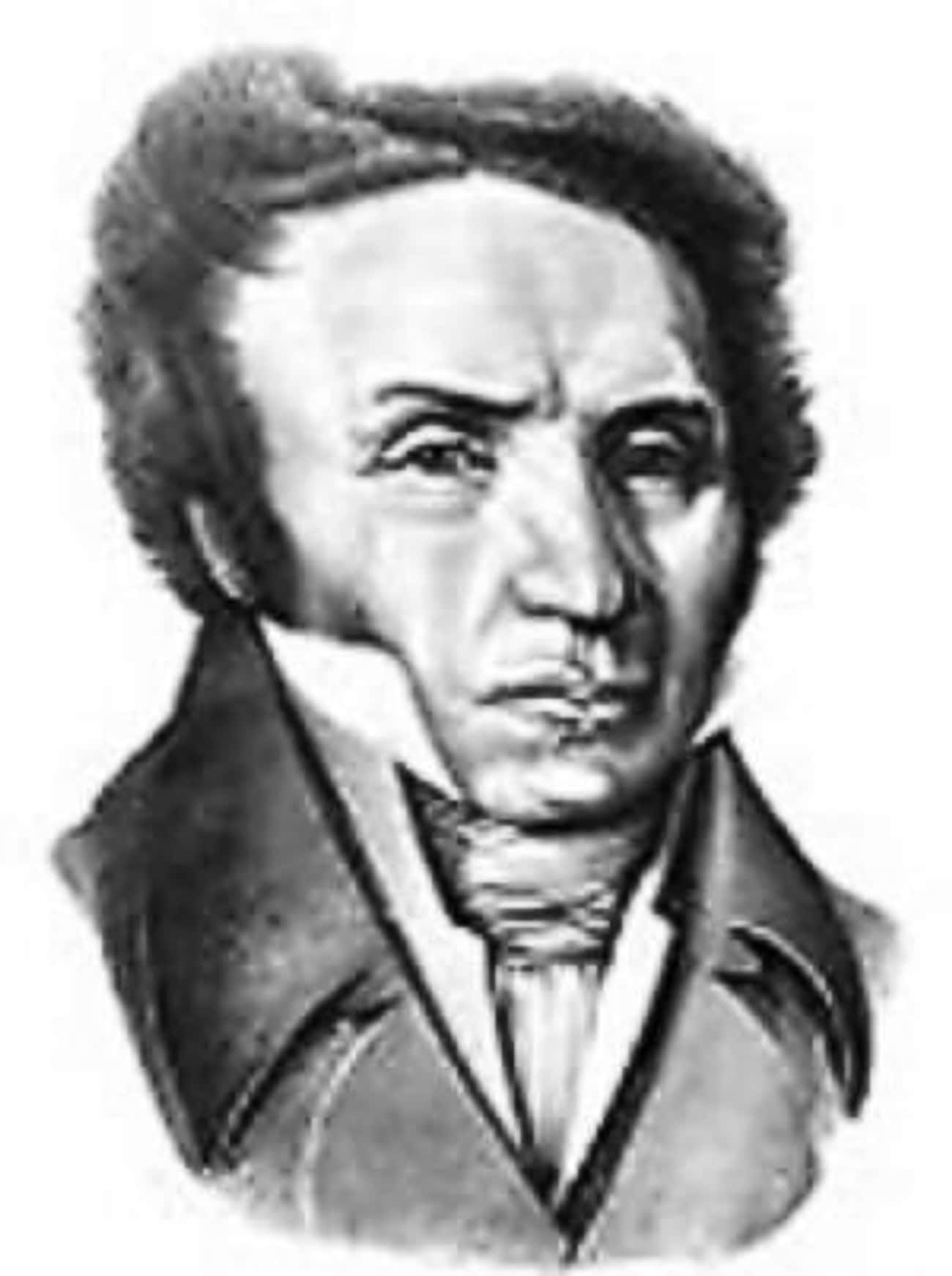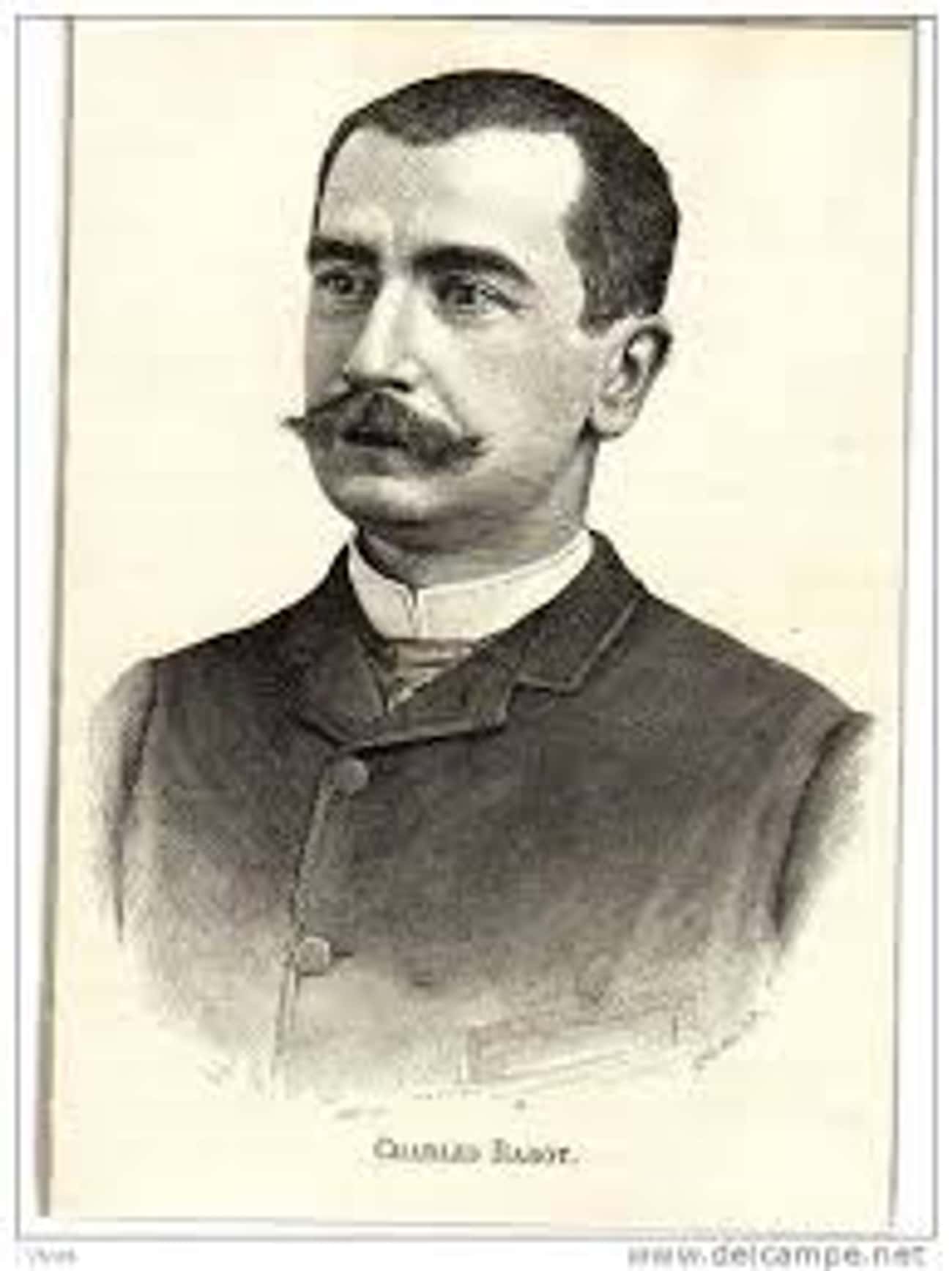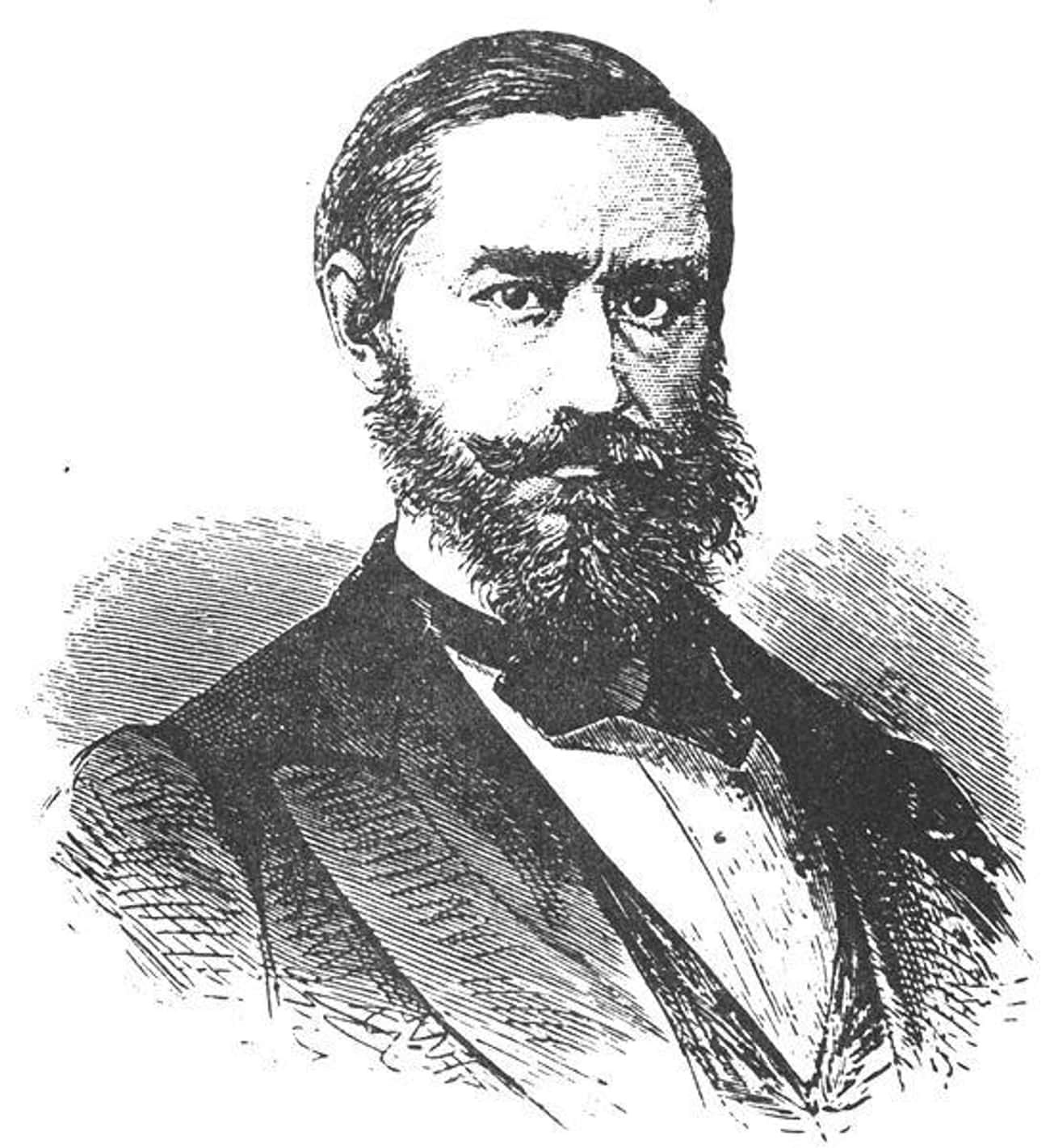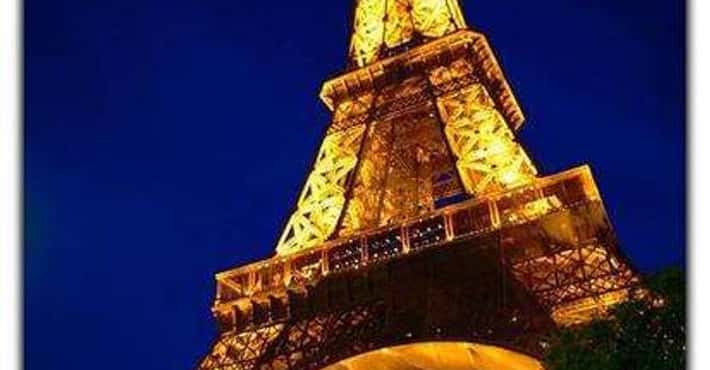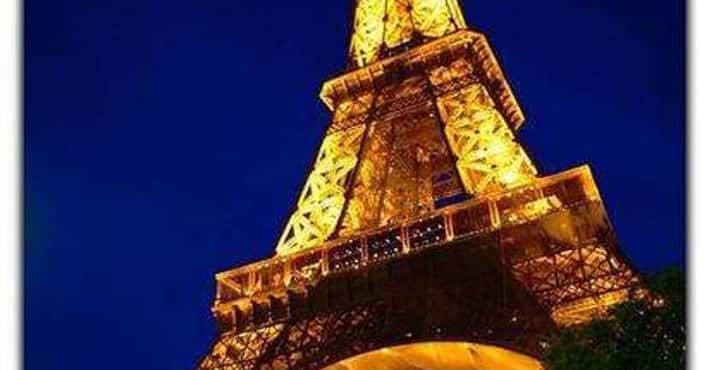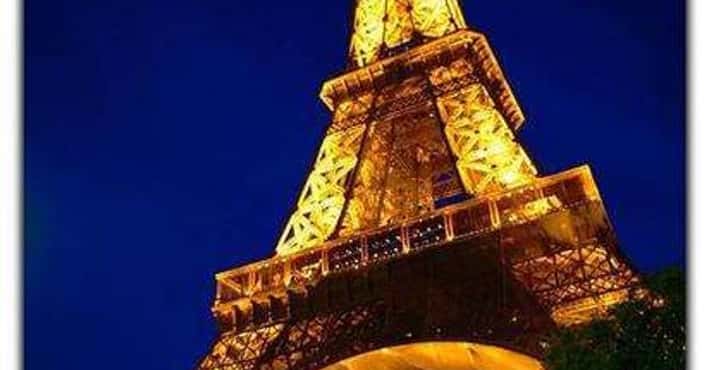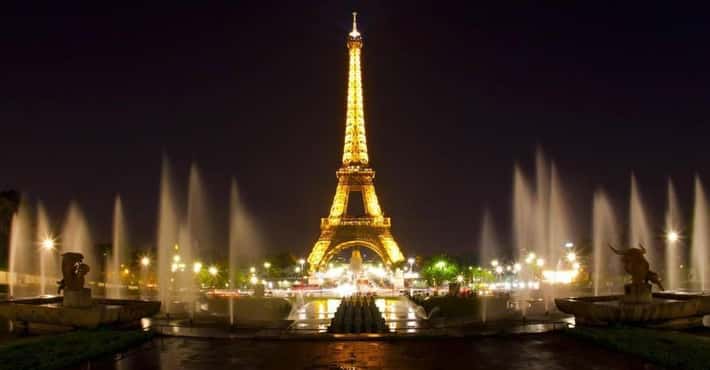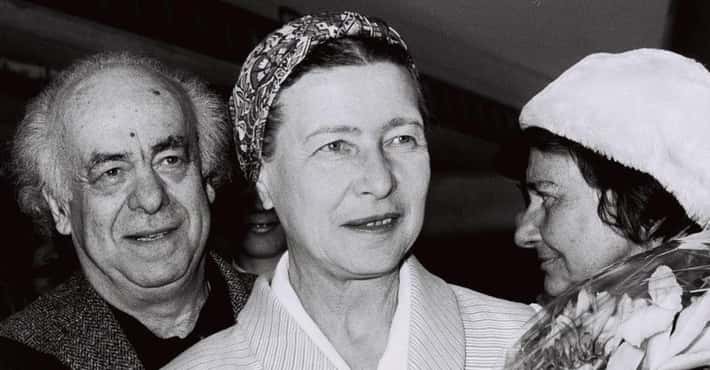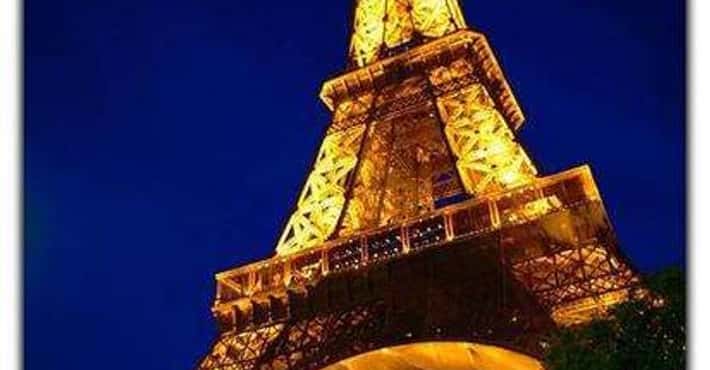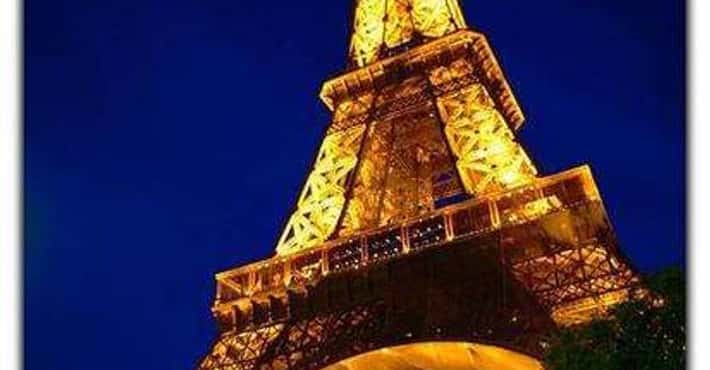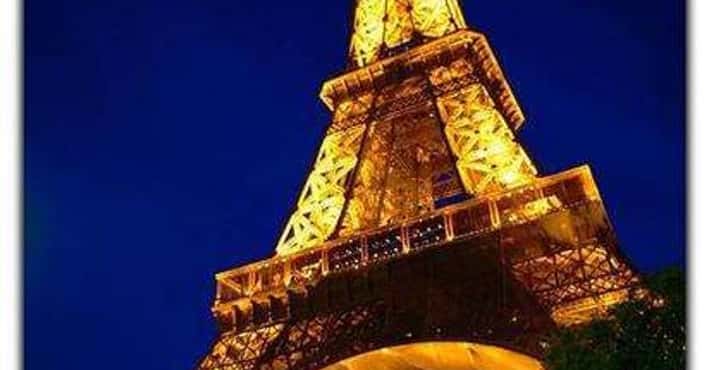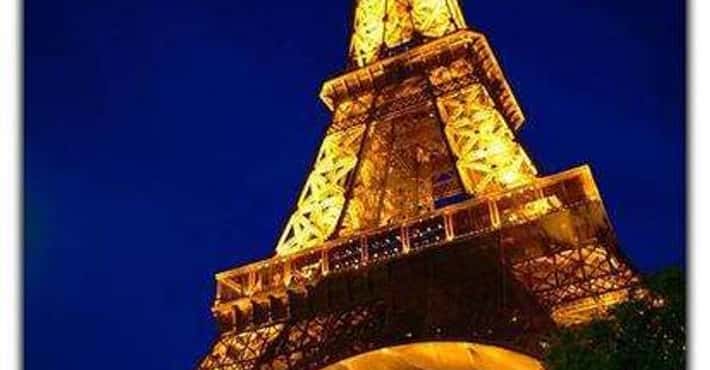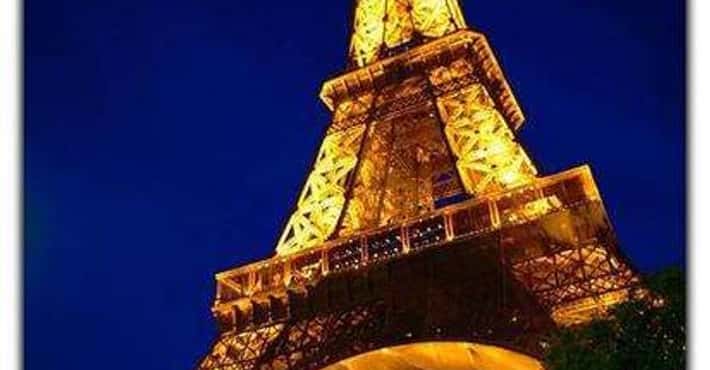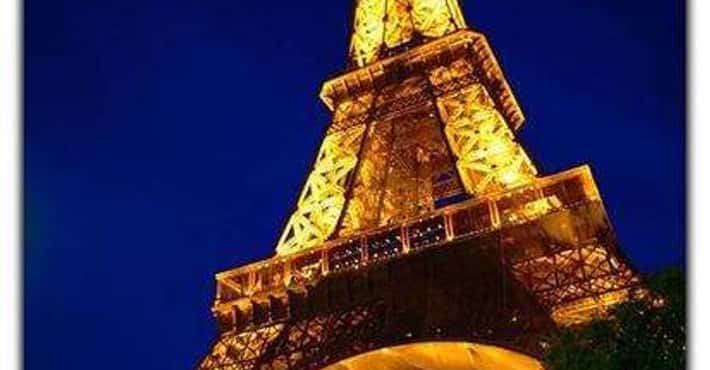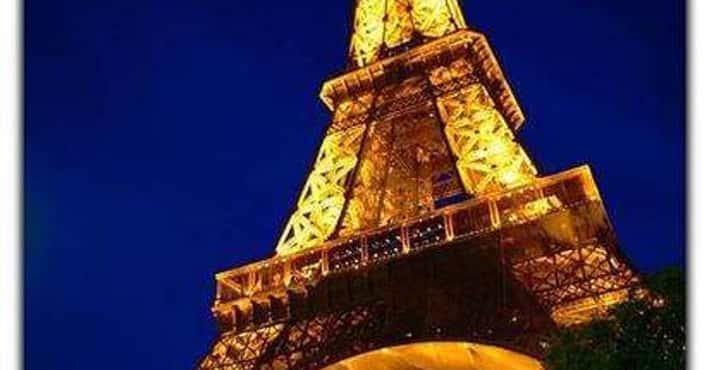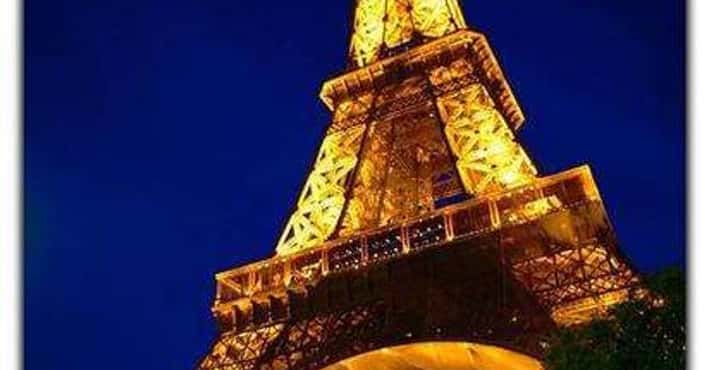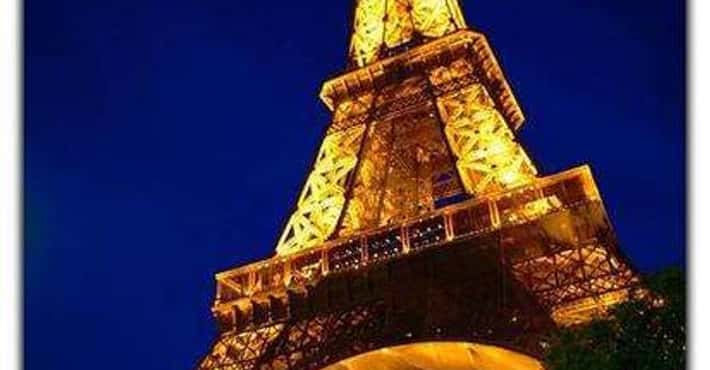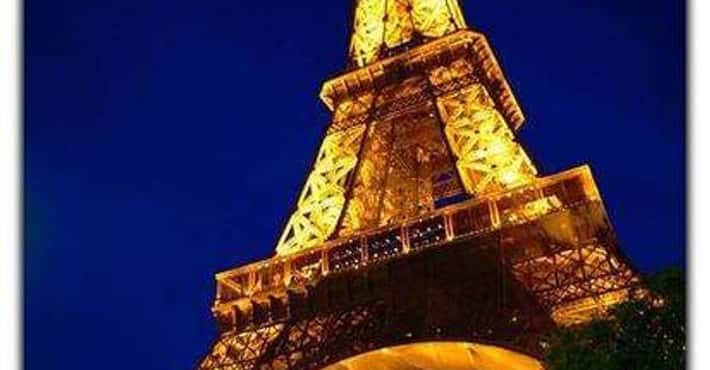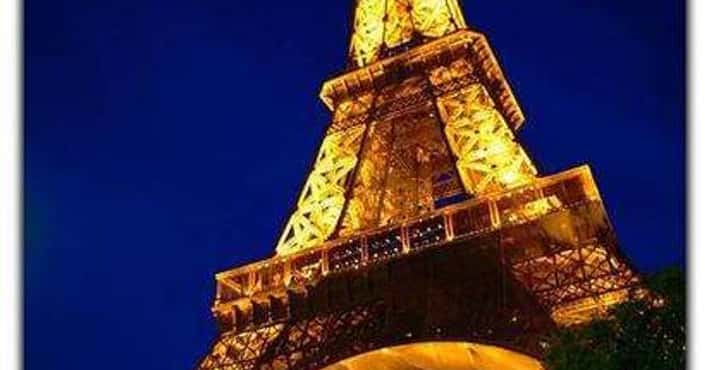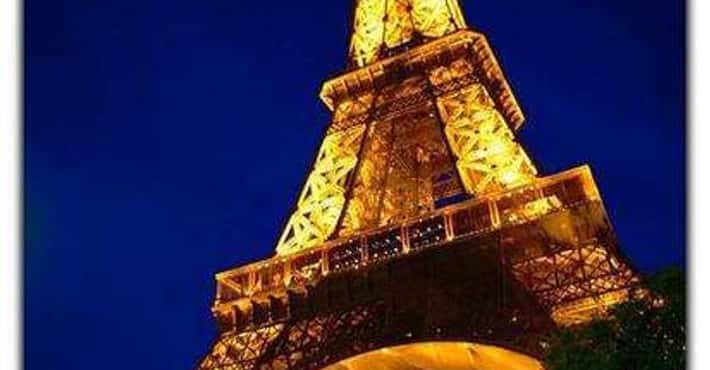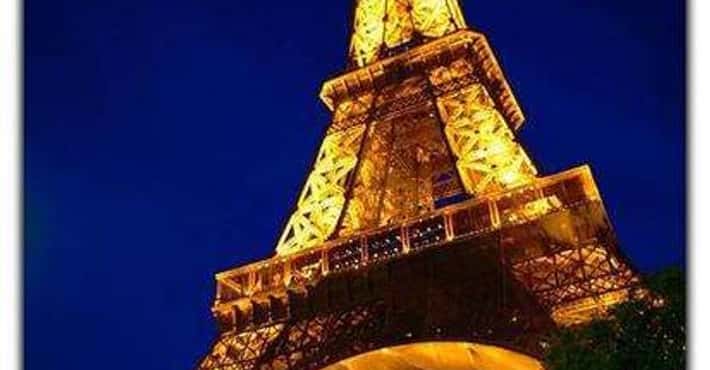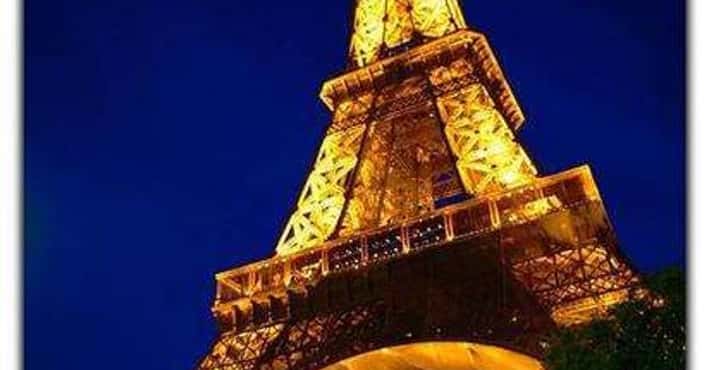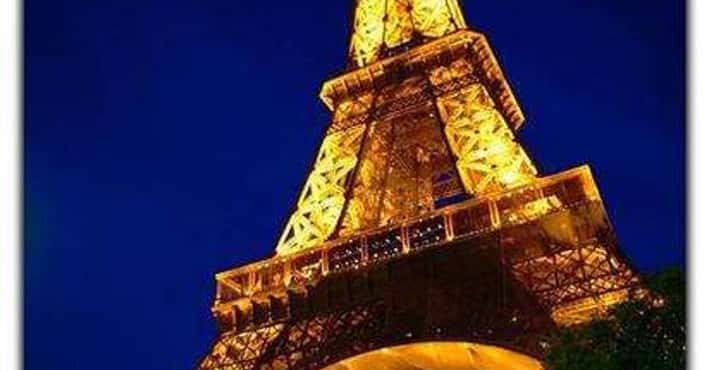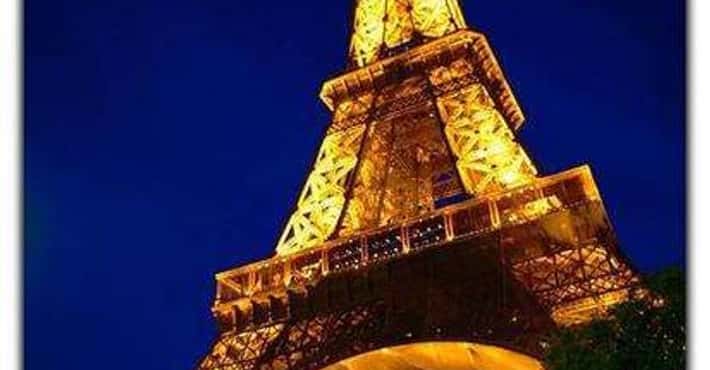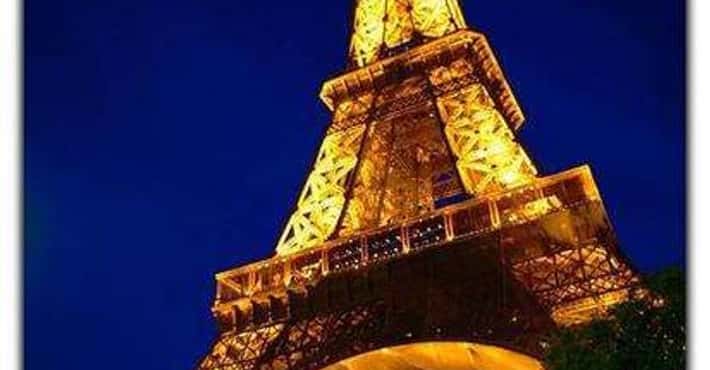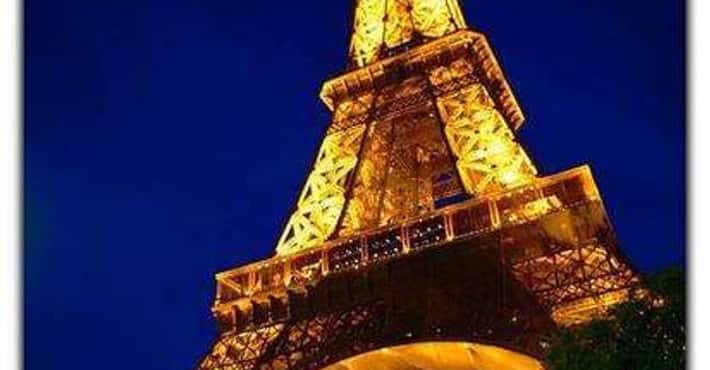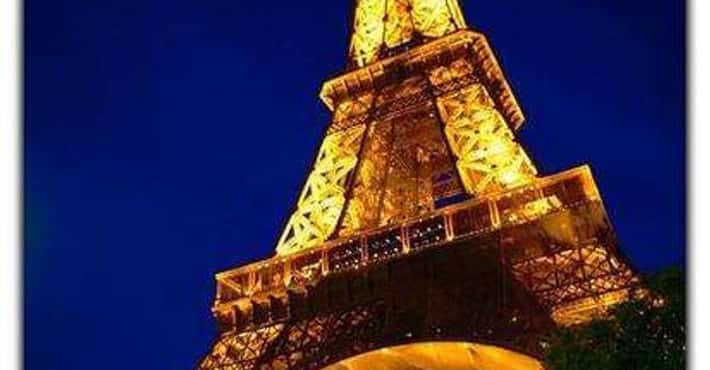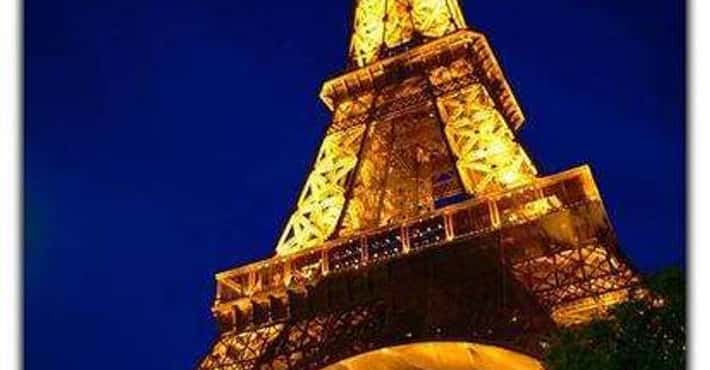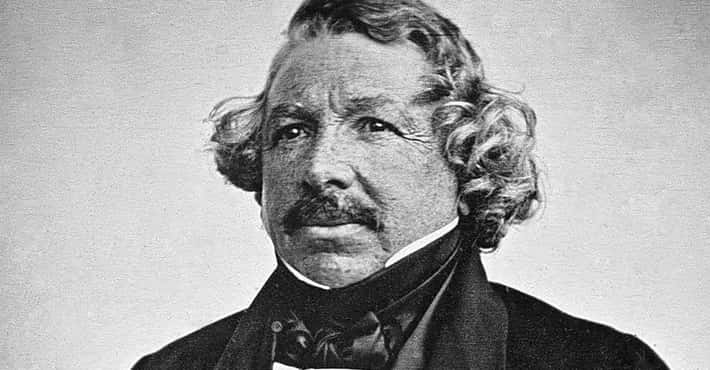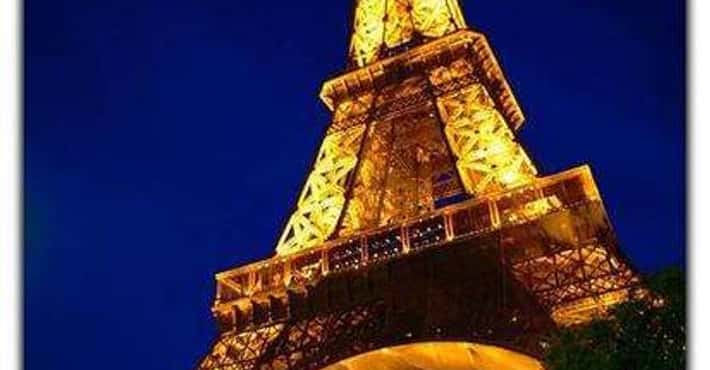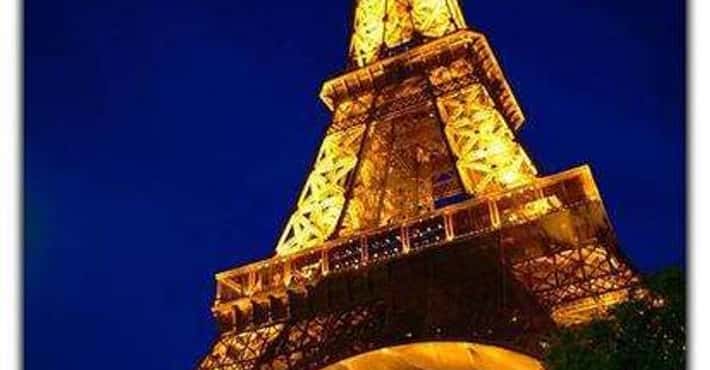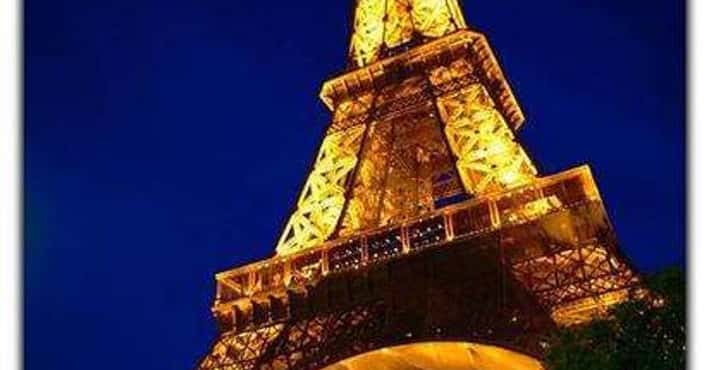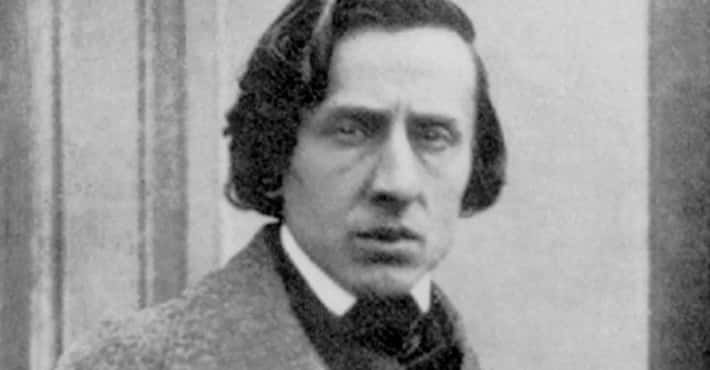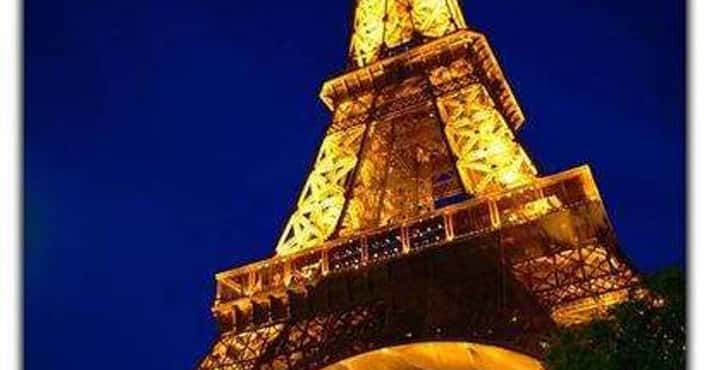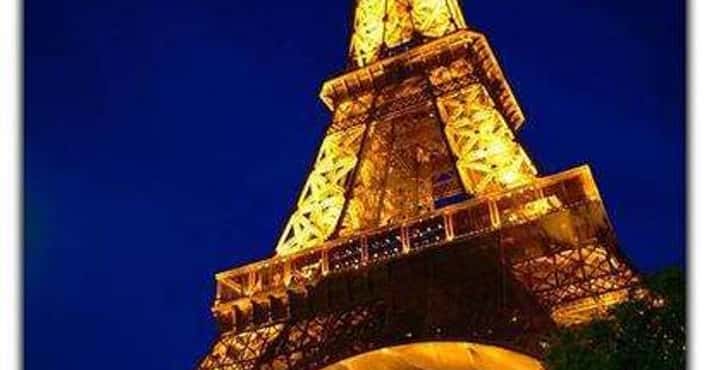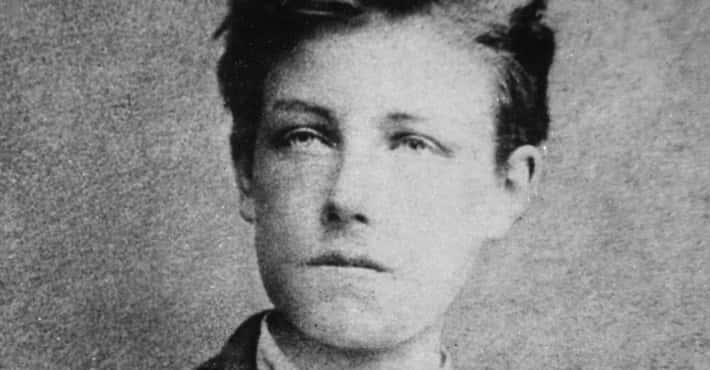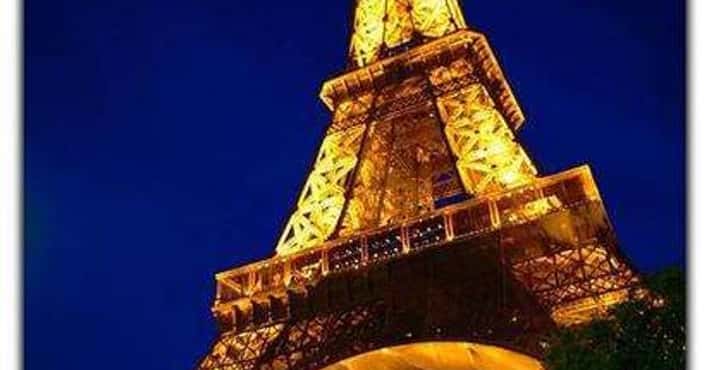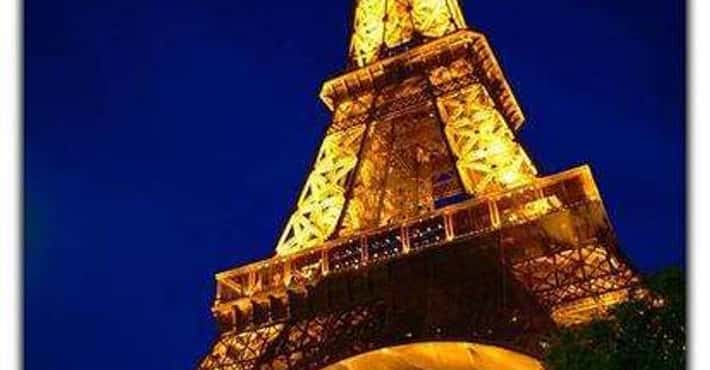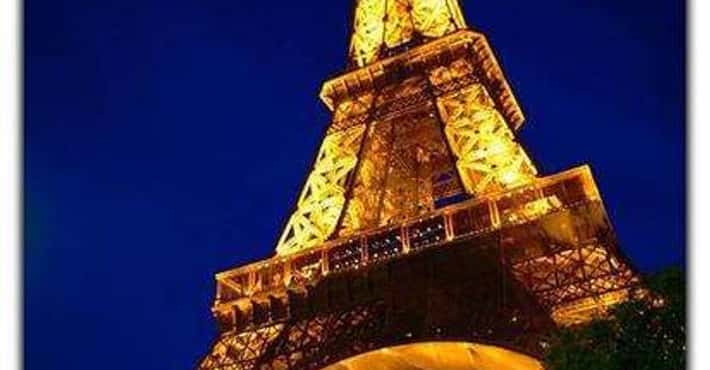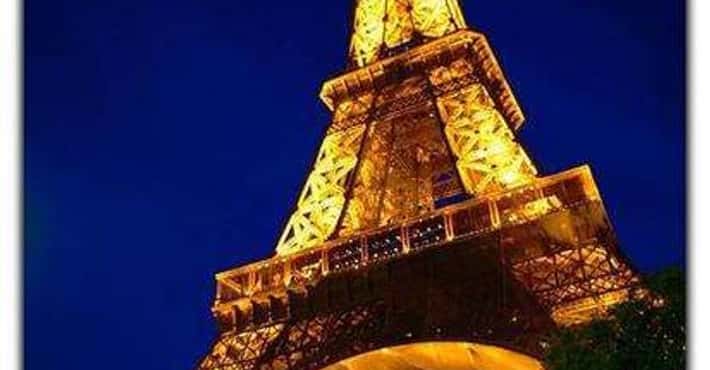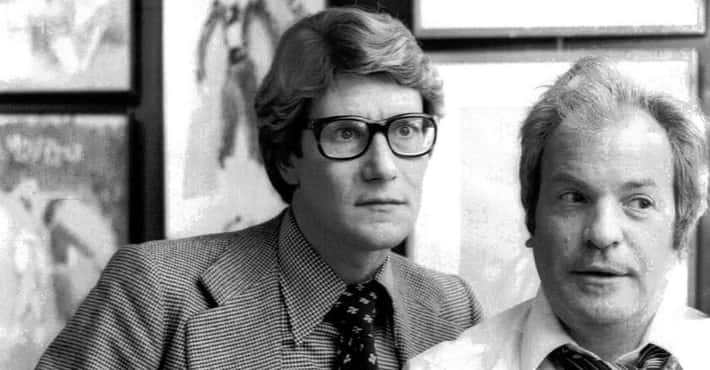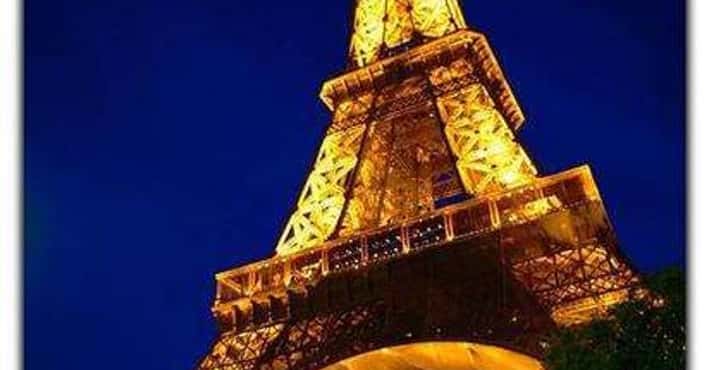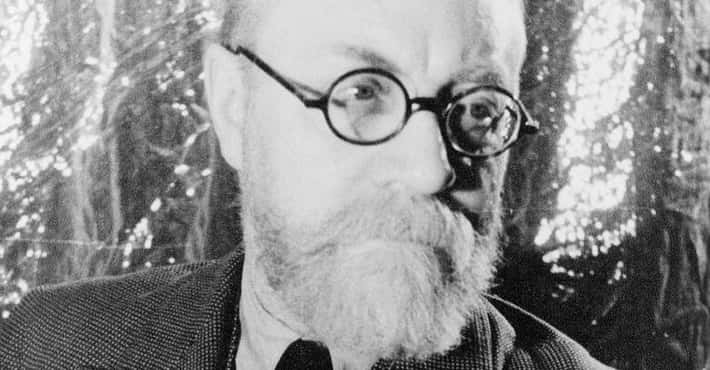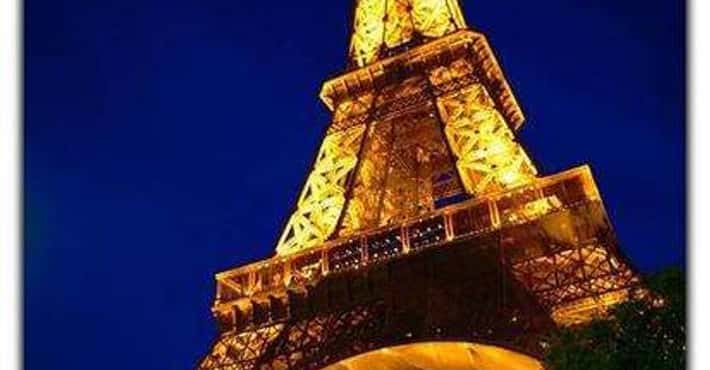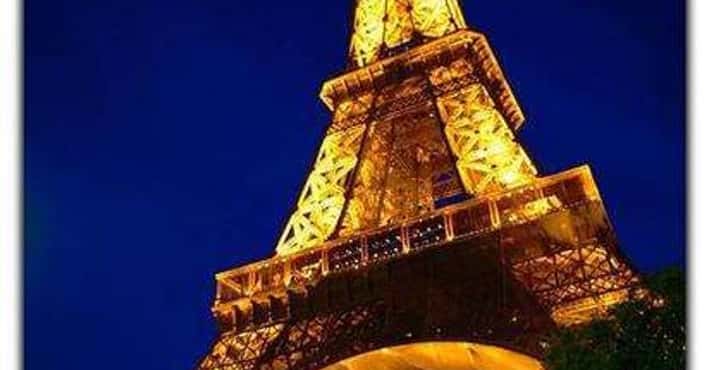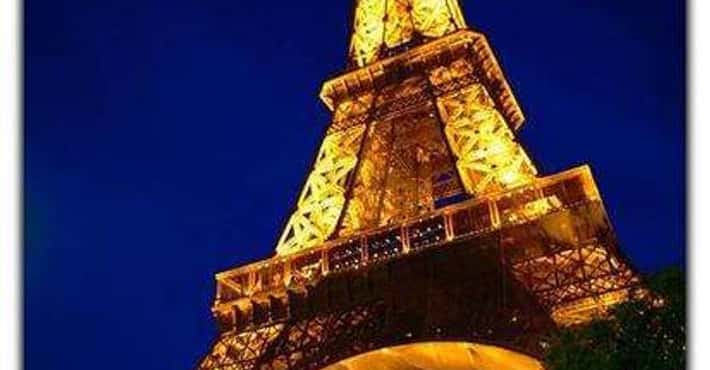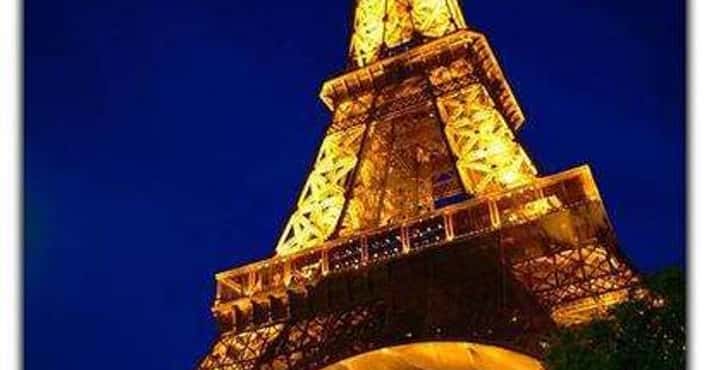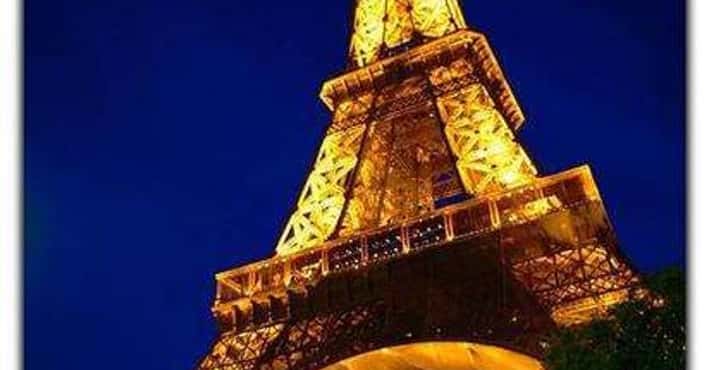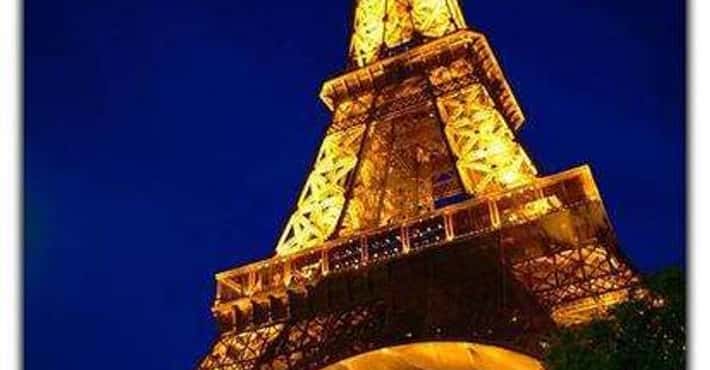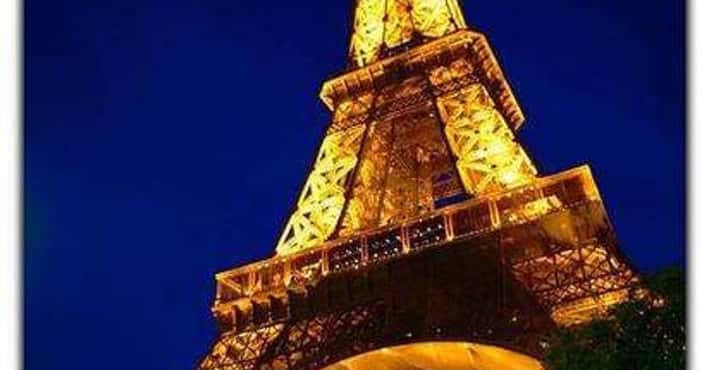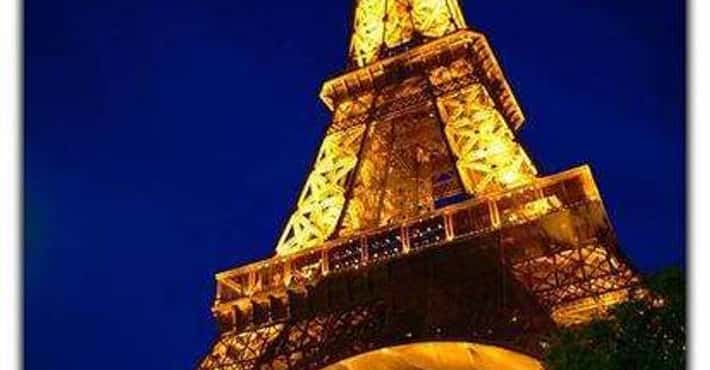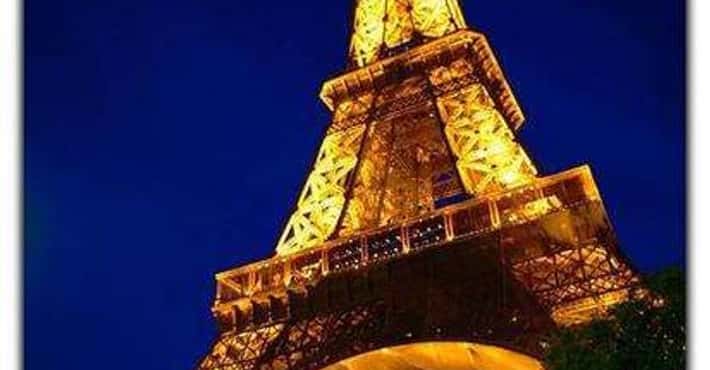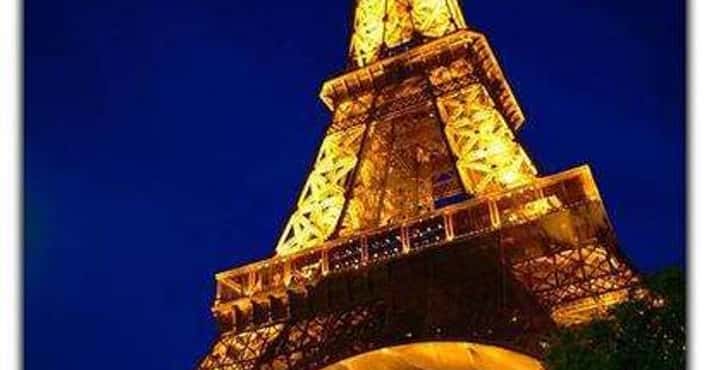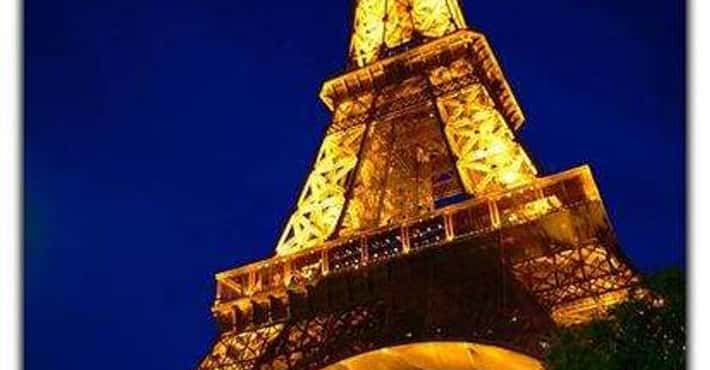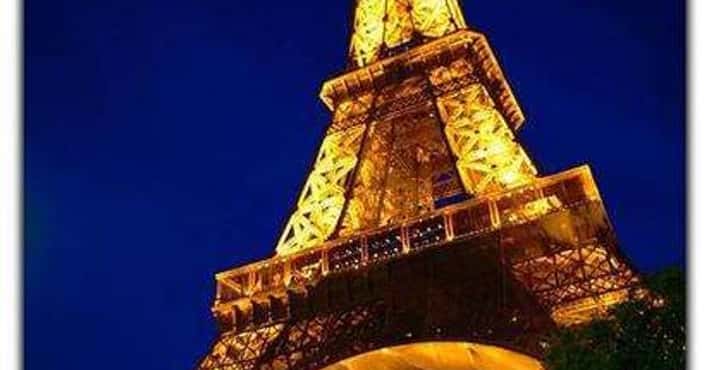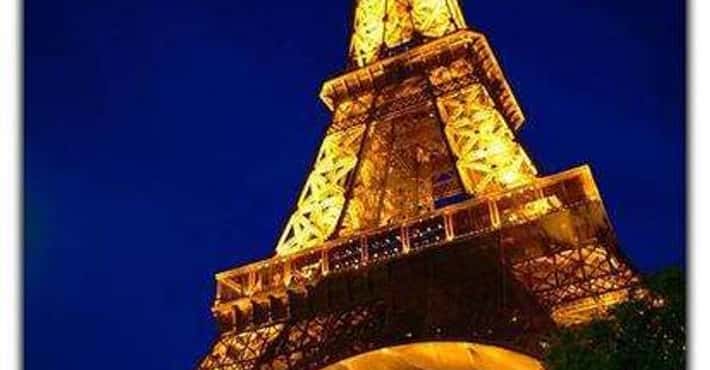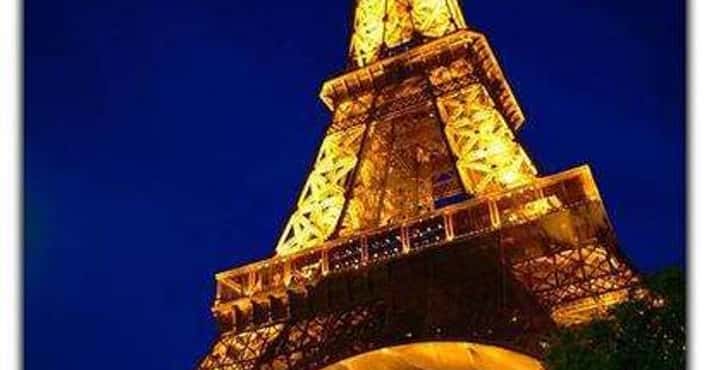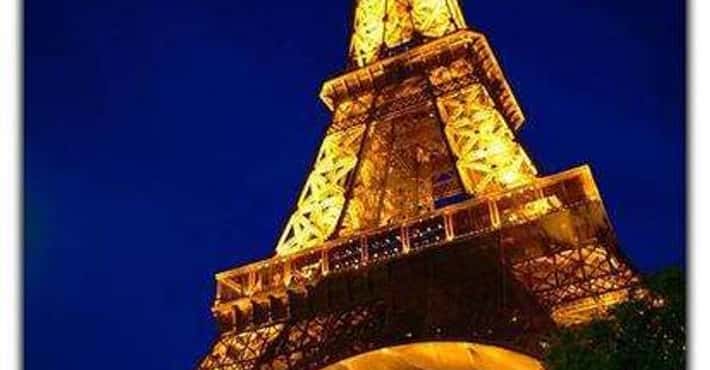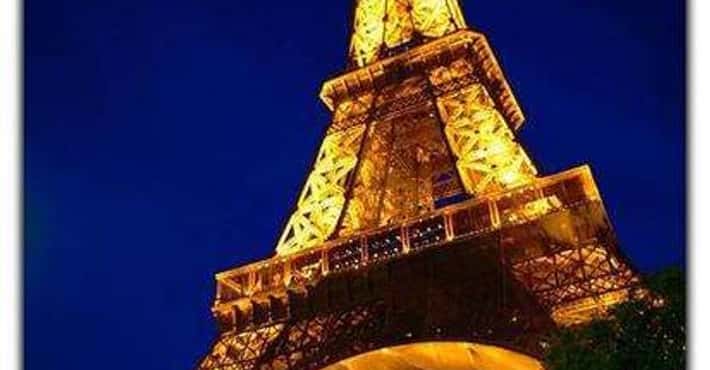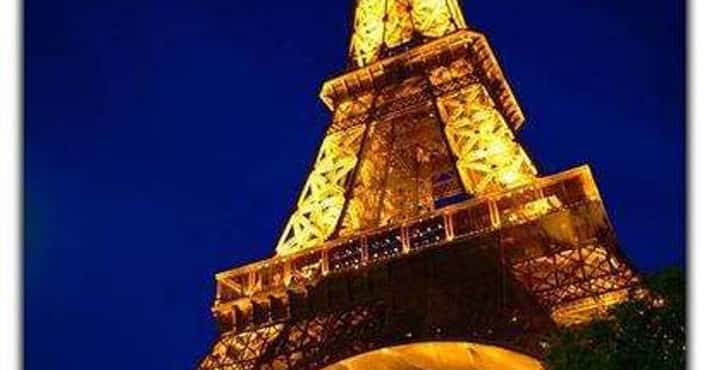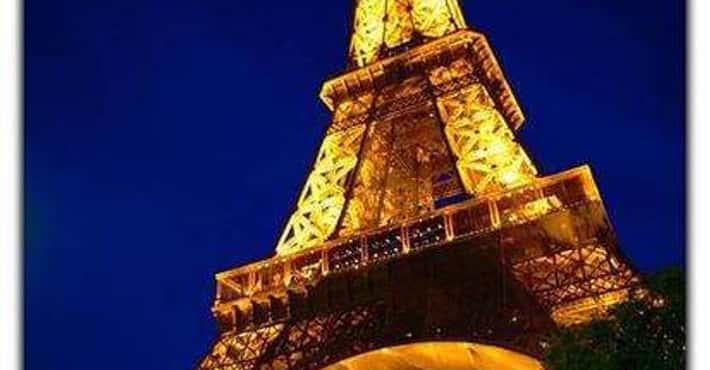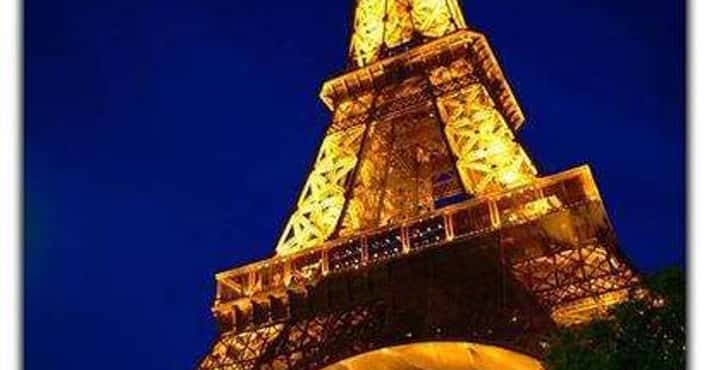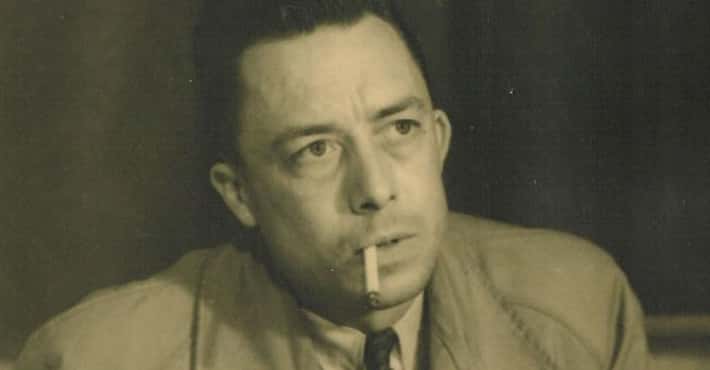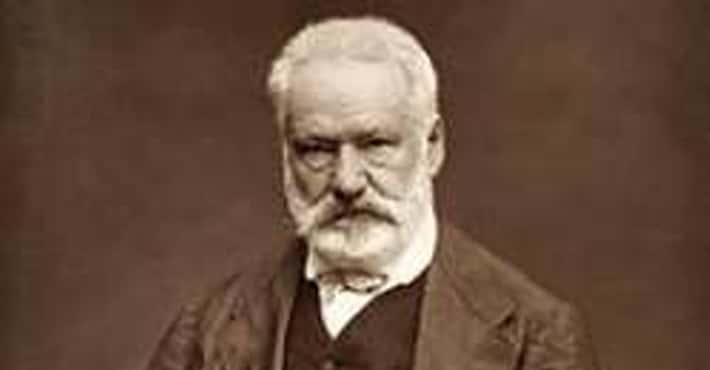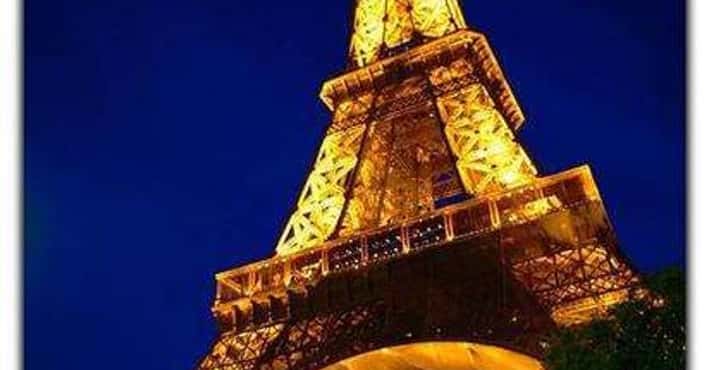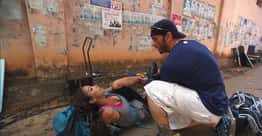Famous Explorers from France
- Photo: Metaweb (FB) / Public domainAndré Michaux, also styled Andrew Michaud, (8 March 1746 – 13 November 1802) was a French botanist and explorer. He is most noted for his study of North American flora. In addition Michaux collected specimens in England, Spain, France, and even, Persia. His work was part of a larger European effort to gather knowledge about the natural world. Michaux's contributions included Histoire des chênes de l'Amérique (1801; "The Oaks of North America") and Flora Boreali-Americana (1803; "The Flora of North America") which continued to be botanical references well into the 19th century. His son, François André Michaux, also became an authoritative botanist.
- Photo: flickr / CC0Charles Rabot (26 June 1856 in Nevers − 1 February 1944 in Martigné-Ferchaud) was a French geographer, glaciologist, traveler, journalist, lecturer, translator, and explorer. He was also the first person to climb Kebnekaise, the tallest mountain in Sweden, which he accomplished in 1883.He led his first expedition to Spitsbergen in 1882 on the ship Petit Paris. Ten years later, he embarked on a voyage on the ship La Mancha, for a mapping mission, redrawing the map of the glacier Svartisen. He crossed Spitsbergen west to east and surveyed Prins Karls Forland. He was also a passionate ethnographer with the study of some Arctic peoples to the east and west of the Urals: Chuvash people, Cheremiss, Permiak, Zyrian, Khanty (Ostiaks) and Samoyeds. He published numerous articles on the above subjects, and also wrote and translated many books on Arctic exploration and sciences. The French base located at Ny-Ålesund bears his name, which has also be given an invertebrate marine plankton found in the waters of Spitsbergen (Eurytemora raboti), and a Swedish as well as a Norwegian glacier. Rabot Island was named after him in 1903−5 by Jean-Baptiste Charcot, leader of the French Antarctic Expedition.
- Photo: Metaweb (FB)Henri Duveyrier (28 February 1840, in Paris – 25 April 1892, in Sèvres), was a French explorer and geographer, most well known for his exploration of the Sahara .
- Photo: Metaweb (FB) / Public domainJacques Cartier ( KAR-tee-ay, also US: KAR-tee-AY, kar-TYAY, French: [ʒak kaʁtje], Quebec French: [- kaʁt͡sje]; Breton: Jakez Karter; December 31, 1491 – September 1, 1557) was a Breton explorer who claimed what is now Canada for France. Jacques Cartier was the first European to describe and map the Gulf of Saint Lawrence and the shores of the Saint Lawrence River, which he named "The Country of Canadas", after the Iroquois names for the two big settlements he saw at Stadacona (Quebec City) and at Hochelaga (Montreal Island).
- Photo: Metaweb (FB) / Public domainJean François de Galaup, comte de Lapérouse (French: [ʒɑ̃ fʁɑ̃swa də ɡalop kɔ̃t də lapeʁuːz]; variant spelling of his name comte "de La Pérouse"; 23 August 1741 – 1788?) was a French Naval officer and explorer whose expedition vanished in Oceania.
- Photo: Metaweb (FB) / Public domainJules Sébastien César Dumont d'Urville (French pronunciation: [ʒyl dymɔ̃ dyʁvil]; 23 May 1790 – 8 May 1842) was a French explorer and naval officer who explored the south and western Pacific, Australia, New Zealand and Antarctica. As a botanist and cartographer he gave his name to several seaweeds, plants and shrubs, and places such as d'Urville Island in New Zealand.
Louis Juchereau de St. Denis
Louis Antoine Juchereau de St. Denis (September 17, 1676 – June 11, 1744) was a French-Canadian soldier and explorer best known for his exploration and development of the Louisiana (New France) and Spanish Texas regions. He commanded a small garrison at Fort de la Boulaye on the lower Mississippi River, built in 1700, and founded Fort St Jean Baptiste de Natchitoches in northern La Louisiane, as they called the French colony.- Pierre-Charles Le Sueur (c. 1657, Artois, France – 17 July 1704, Havana, Cuba) was a French fur trader and explorer in North America, recognized as the first known European to explore the Minnesota River valley. Le Sueur came to Canada with the Jesuits to their mission at Sault Sainte Marie, but very soon he turned himself to fur trade and became a coureur des bois. He was fluent in several Native languages, which was crucial to his success in trade. Around 1683, he received some samples of bluish clay from the middle reaches of a tributary of the Mississippi and took it back to France to be analyzed. A chemist, Alexandre L'Huillier, deemed it to be copper ore. Le Sueur returned to New France to mine this ore, but was waylayed by, among other things, a prison term for overreaching his trade privileges. He was present at the formal assertion of French sovereignty of Canada, declared in 1689 by Nicholas Perrot at Green Bay. Eventually, however, he was given a royal commission to open a copper mine (although some suggested he was more interested in "mining furs"). In 1699, he was with the group that ascended the Mississippi River from Biloxi to the "country of the Nadouessioux", stopping to overwinter at Isle Pelée or Fort Perrot above Lake Pepin. He went upstream as far as Saint Anthony Falls. After trading with the local Dakota bands (the Mdewankantons, Wahpetons and Wahpekutes) in the area, in the summer and fall of 1700 he and a group of 20 men went further up the river known to the native population as "minisota", or "cloud reflected water". This river was known to later voyageurs as the St. Pierre, but it is unclear if Le Sueur knew it by that name at the time. The group continued to the Blue Earth River, where they built Fort L'Huillier, named for the chemist who declared it to be copper ore. They overwintered at Fort L'Huillier, trading furs and other merchandise with the local Indian bands. They found the prairies full of bison, and learned to subsist largely on a meat diet. In May 1701, Le Sueur left a garrison of men at the fort under the command of d'Eraque and accompanied a large quantity of the blue earth (Dakota language: makháto) back to Fort Mobile for further analysis, which revealed that it was not copper and thus worthless. Later that year, Fort L'Huillier was attacked by Sac and Fox Indians. 3 men were killed in the attack on the fort, which was then abandoned.Le Sueur sailed to France to secure a commission to serve as a local magistrate in what is now Alabama. "Le Sueur was supposed to leave France on the Loire in 1703 but he did not actually sail until the spring of 1704 aboard the Pélican. The ship, which was carrying nurses and women to Louisiana, stopped at Havana where Le Sueur contracted yellow fever. He had to be left behind and, after drawing up his will, he died on 17 July and was buried in the parish church of San Cristóbal." He is the namesake of Le Sueur, Minnesota, Le Sueur River and Le Sueur County, Minnesota.


